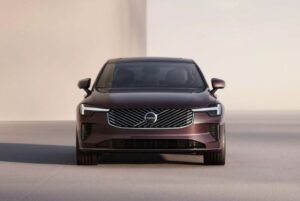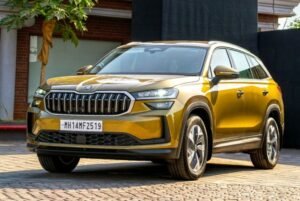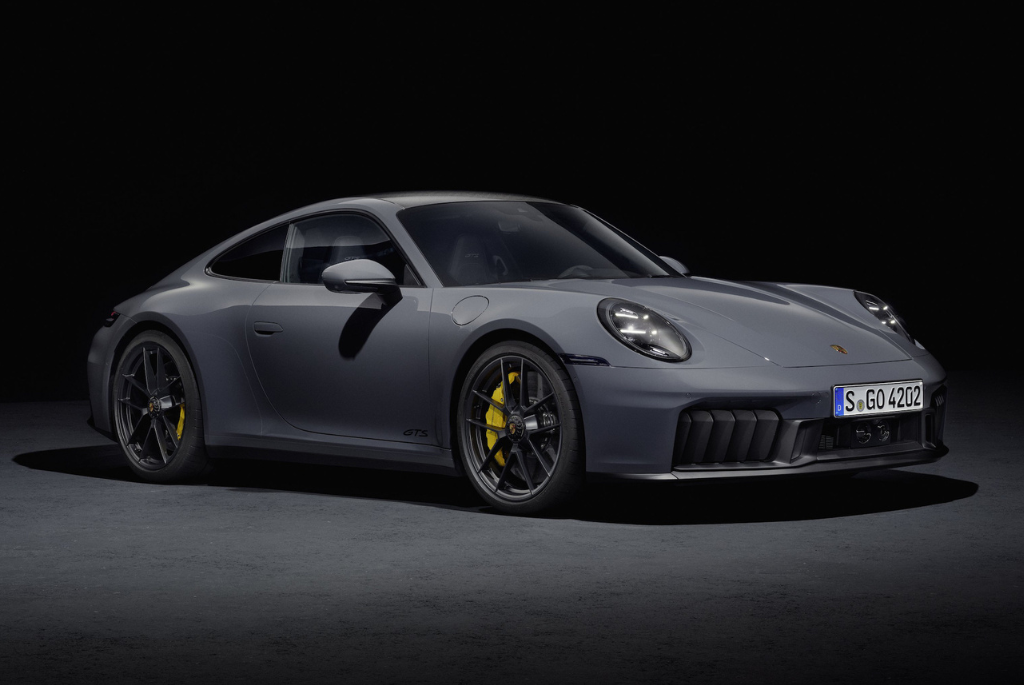
The 911 Carrera GTS, Porsche’s first hybrid 911 approved for the road, has been unveiled. The seventh-generation 911’s mid-cycle makeover includes hybridization, as well as exterior aerodynamic and design modifications, increased equipment, and a new interior.
Porsche 911 Hybrid Powertrain Details
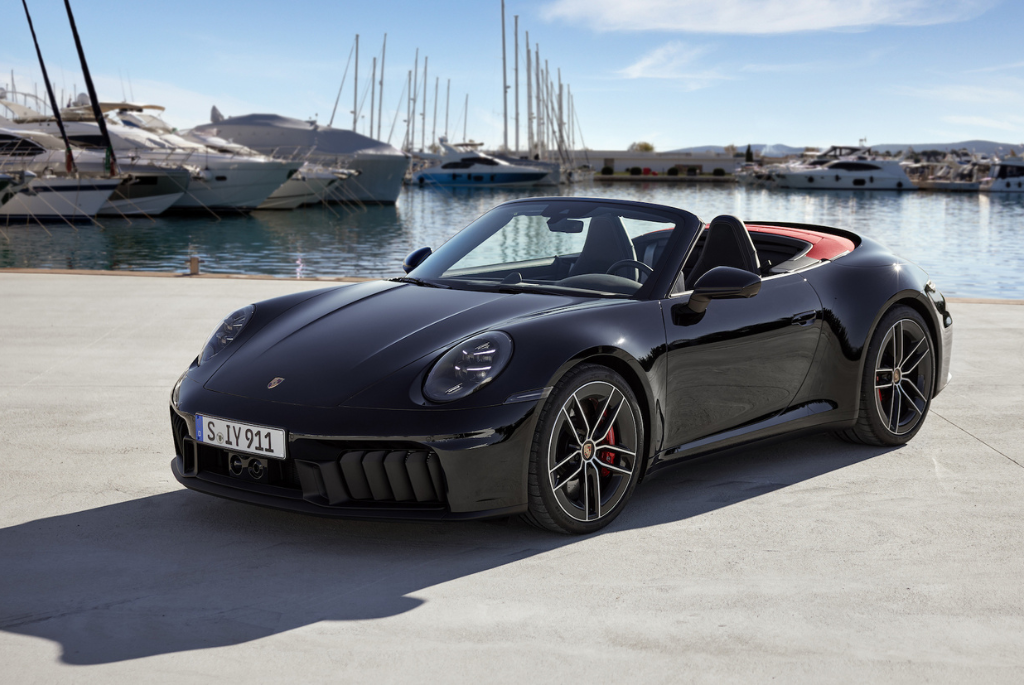
Naturally, the most notable addition is the new T-Hybrid gasoline-electric system. The setup includes a tiny liquid-cooled lithium-ion battery, an electric motor positioned on the gearbox, and a brand-new, turbocharged 3.6-liter six-cylinder boxer engine. Together, they produce 541 horsepower and up to 610 Nm in the redesigned rear-wheel-drive 911 Carrera GTS, which will debut as the first model to have the drivetrain and sits beneath the hardcore Turbo and GT3. These outputs are a boost of 60 horsepower and 40 Nm over the 3.0 liter, six-cylinder twin-turbo previous generation.
Porsche claims a 3.0 second 0-100 kph time, a reduction of 0.4 seconds. In addition, it quotes times of 6.8 seconds for 0-160 kph (0.9 seconds faster than previously) and 10.5 seconds for 0-200 kph (1.1 seconds quicker), with a gradual increase in the highest speed to 312 kph.
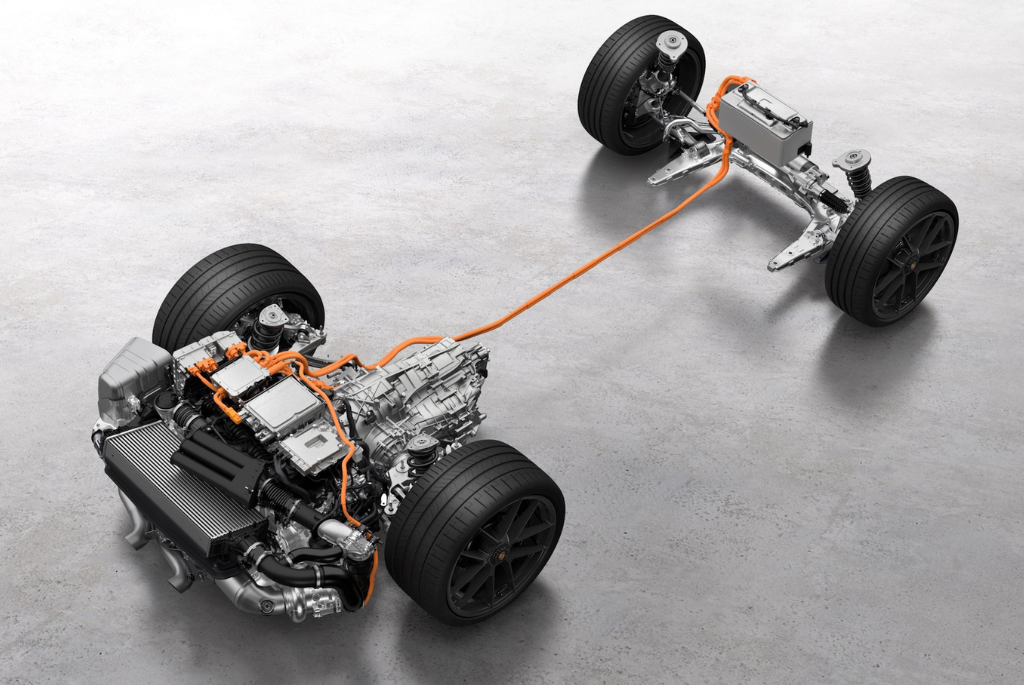
Despite the hybridized GTS’s increased curb weight of 50 kg to 1595 kg, the improvements still occur. It is believed that the battery, which adds around 27 kg to the total weight, slightly improves the new 911’s front-to-rear weight distribution by sitting up front. This results in a ratio of about 37:63.
Turbo Hybrid is referred to as T-Hybrid. The introduction of a new BorgWarner turbocharger with an energy recuperation system that runs by capturing hot exhaust gasses is a significant development. It can capture up to 11 kW of kinetic electricity, just like the 2.0-liter V4 petrol-electric hybrid drivetrain that the 919 racer uses.
The new flat six engine generates 479 horsepower and 571 Nm of torque. With the electric motor built inside the 8-speed dual-clutch gearbox, the engine gains 54 horsepower and 151 Nm of torque. They provide a flat torque curve between 1950 and 6000 RPM and peak power at 6500 RPM when combined.
The front of the car houses the 400V lithium-ion battery and the pulse inverter, which are part of the hybrid system. As a result, the car’s fuel tank capacity is slightly reduced to 84 liters. The smaller 12V lithium-ion battery has also been repositioned under the back seat.
What is new in the facelift of the Porsche 911?
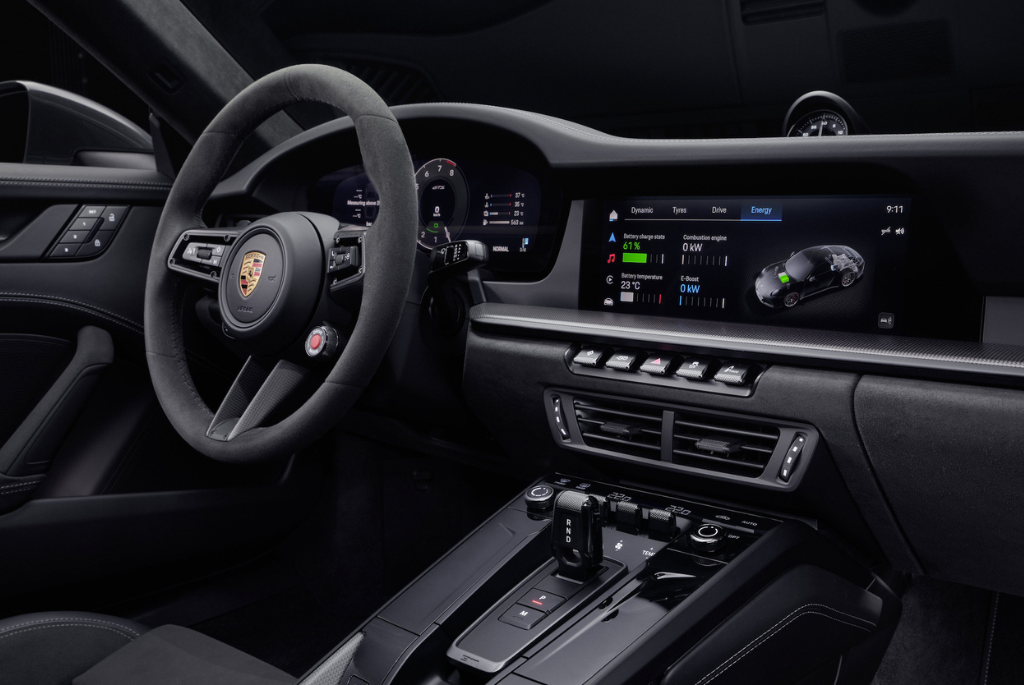
New active front air ducts, updated bumpers with radar and ultrasonic sensors, OLED tail lights, a revamped spoiler, and a reworked diffuser are some of the aerodynamic enhancements made to the 911 GTS. Enhancing downforce with an optional aero kit lowers lift and increases stability at high speeds. A new benchmark for the 911 is a drag coefficient of 0.27, which is made possible by aerodynamically optimized wheels.
Inside, the 911 GTS is equipped with a touchscreen interface that displays hybrid-specific information, replacing the conventional analogue tachometer with a digital driver display. While the hybrid GTS’s exact price is unknown, it is anticipated to be more expensive than the previous GTS variant.
Availability
The brand-new 911 Carrera (coupe and convertible) and Carrera GTS are expected to reach India in late 2024 or early 2025 and are already available for order worldwide. The smaller 718 will also become electrified after the 911 becomes hybrid, further electrifying the Porsche range. The T-Hybrid drivetrain is currently limited to the GTS, although other hybrid models are anticipated. When the hybrid 911 is introduced in India, it is expected to cost more than the existing 911 Carrera, with a starting price of Rs 1.86 crore (ex-showroom).

